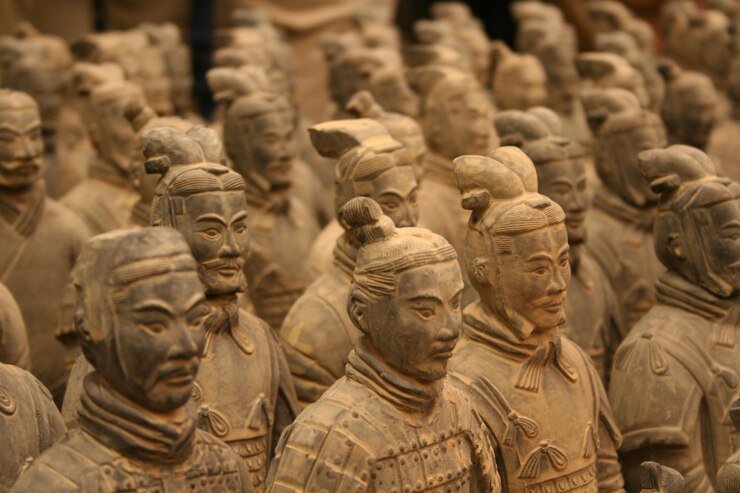This article delves into the fascinating world of Ancient Artz, exploring its origins, significance, and the techniques that have withstood the test of time.
1. The Origins of Ancient Art: A Look into Early Human Creativity
The origins of ancient art can be traced back tens of thousands of years, to the time when early humans first began expressing themselves through visual mediums. Some of the earliest examples of ancient art include the cave paintings of Lascaux in France, which date back over 17,000 years. These paintings, depicting animals like horses, bison, and deer, reveal the deep connection early humans had with nature and their environment.
Beyond cave art, ancient civilizations like Mesopotamia, Egypt, and the Indus Valley took artistic expression to new heights. Stone carvings, clay tablets, and elaborate frescoes recorded stories, celebrated deities, and conveyed the values of these societies. The origins of Ancient Artz remind us that art has always been a vital aspect of human existence, serving as both a means of communication and a form of storytelling.
2. Symbolism and Meaning in Ancient Art
One of the most fascinating aspects of Ancient artz is its rich symbolism and the depth of meaning it carries. Unlike modern art, which often prioritizes individual expression, ancient art was deeply intertwined with communal beliefs and religious practices. For example, in ancient Egypt, art served to honor the gods and prepare for the afterlife.
Similarly, in Mesopotamia, art often depicted kings and their divine connection to the gods. Reliefs of rulers like King Ashurbanipal show scenes of battle or religious rituals, symbolizing power and divine favor.
3. Techniques and Materials: The Craftsmanship of Ancient Artz
The remarkable craftsmanship of ancient art is a testament to the ingenuity and skill of early artisans.
The materials used in Ancient Artz—stone, clay, metal, and pigments derived from natural sources—were chosen for their durability and symbolic significance.
4. The Cultural Impact of Ancient Artz

Ancient Artz has had a profound and lasting impact on culture and society, shaping everything from religious practices to architectural design.
The influence of Ancient Artz extends beyond its own time, as it has inspired countless artists and movements throughout history. Similarly, the geometric patterns and intricate designs of Islamic art owe much to the traditions of ancient Mesopotamia and Persia.
5. Preserving Ancient Artz: Challenges and Efforts
Preserving Ancient Artz is a vital task that faces numerous challenges, from natural decay to human activity.
However, there are ongoing efforts to protect and restore these treasures. Archaeologists and conservators use advanced techniques, such as laser scanning and chemical analysis, to study and preserve ancient artifacts. These efforts underscore the enduring value of ancient art and its role in shaping our collective identity.
Conclusion: The Timeless Allure of Ancient Artz
Ancient Artz is more than just a record of the past; it is a celebration of human creativity, resilience, and ingenuity. Through its symbolism, craftsmanship, and cultural significance, ancient art offers us a window into the lives of those who came before us and a deeper understanding of our shared heritage.
